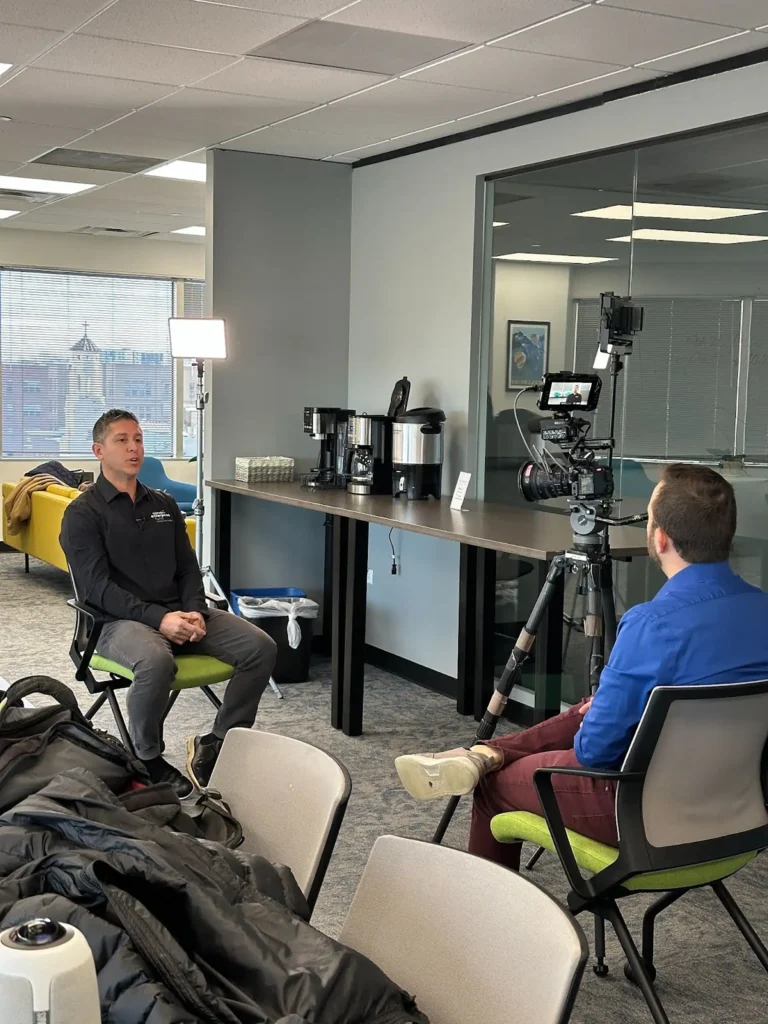
When a headline touches on an issue close to your work, it’s natural to want to speak up. These moments offer an opportunity to lead with your values, amplify impacted voices and help your community make sense of what’s happening.
These moments also highlight an opportunity to support reporters, producers and editors looking for compelling and timely sources to deepen their stories. If you can add clarity or human impact and do it without making it all about your organization, you may become a go-to voice for media coverage that matters.
Here’s how mission-driven organizations can engage with the news in a way that builds trust, inspires action and remains grounded in purpose.
Monitor the news intentionally
Stay curious about the world around you. Set up systems to track headlines that intersect with your work. For example, setting up Google Alerts using keywords relevant to your work is an easy way to monitor important topics. If you don’t have a dedicated communications staff member, designate someone on your team to read, listen and observe with your mission in mind.
This isn’t just about spotting opportunities. It’s about staying connected to the conversations happening in your community, in your state and across the nation. Reporters notice when organizations are responsive and relevant.
Pause and ask, “Why Us?”
Before jumping into the conversation, take a breath and ask:
- Does this story intersect meaningfully with our work?
- Can we offer something helpful, like a resource or an insight?
- Will our voice add clarity to the moment?
Our Communications Matrix can help you determine whether it’s the right moment for your organization to engage.
Choose the right format
You don’t need to write a full op-ed or call a press conference. Your response doesn’t have to be big to be impactful. Find the format that matches the moment:
- A social media post
- A short blog or email reflection
- A quote shared with a local reporter
- A personal story submitted as a letter to the editor
What matters most is that your response reflects your values and adds context to the conversation.
Purpose First

Make your message about the issue, not your organization. Elevate the voices that matter most, especially those often left out of mainstream storytelling. Center voices from those with lived experience, including program participants, team members or trusted partners.
Instead of: “We saw this headline and wanted to tell you about our programs.”
Try: “This moment reflects a challenge we witness daily. We would love to connect you with one of our program participants who has been directly impacted by this issue and could bring a different perspective to this story.”
Reporters are looking for human stories, clear context and authentic voices. You can offer all three without centering yourself.
Be timely, but thoughtful
When news breaks, aim to respond within 48 hours, but not at the expense of tone or integrity. Especially when emotions run high, take the time to ensure your message is inclusive, compassionate and rooted in your community’s lived experiences.
Thoughtful engagement isn’t about capitalizing on the news. It’s about contributing to it with care, clarity and purpose. When your organization leads with your values, centers lived experience and speaks with authenticity, you don’t just join the conversation, you help shape it for the better.



